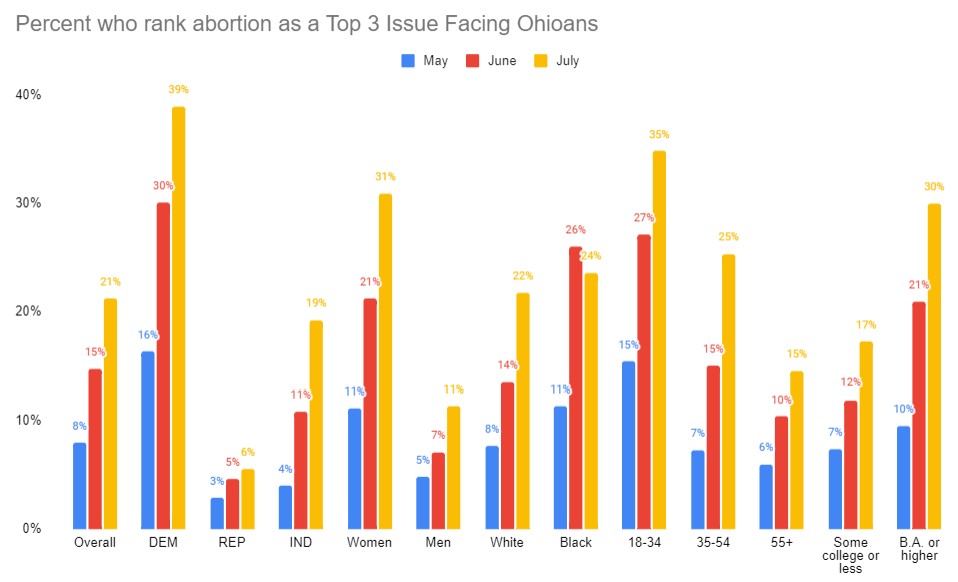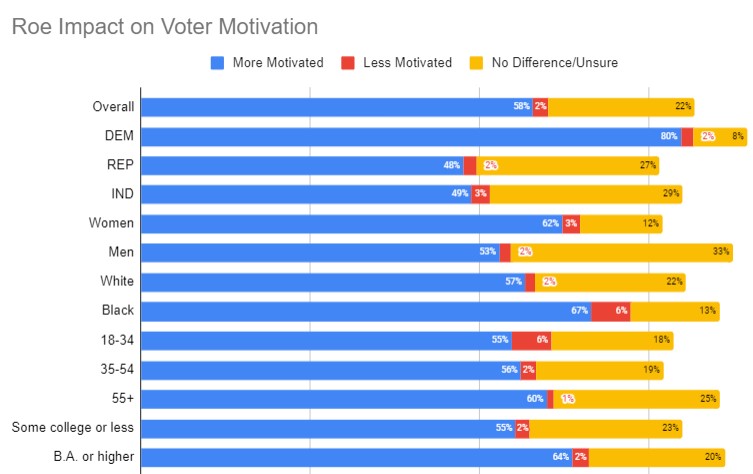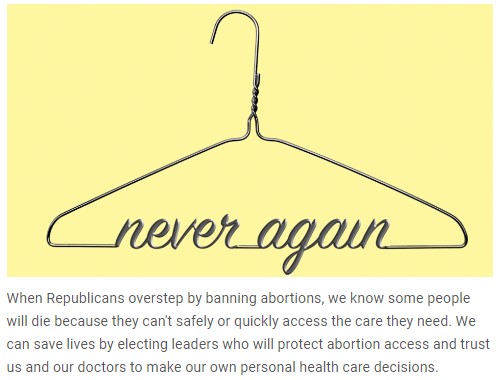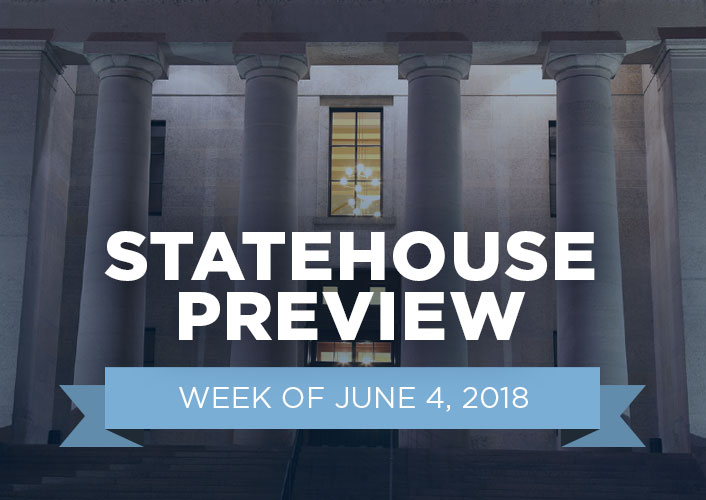On November 7th, Ohio voters will head to the polls and determine the probable future of reproductive rights. Ohio’s Issue 1 grants Ohioans the right to make their own decisions regarding reproductive care including contraception, fertility treatment, abortion, and miscarriage care. A “yes” vote puts reproductive rights back into the hands of Ohians, while a “no” vote allows the government to continue making decisions about our own bodies. This upcoming election comes amidst heated debates about reproductive rights across the country. With the future of reproductive rights on the ballot, it is essential that you as a voter know the details on how this could affect you and your children.
The language of the proposed amendment states that “every individual has a right to make and carry out one’s own reproductive decisions.” As a parent, it is important to know how a “no” vote would actually limit your rights as well as your childrens’ rights.
In Ohio, an extreme 6-week abortion ban is already on the books. As many mothers may understand, it is difficult to even realize you are pregnant at 6 weeks. Not only that, there are no exceptions for rape or incest. One of the most extreme bans in the country. Essentially, abortion would be illegal in Ohio after 6 weeks in all cases except for ectopic pregnancy or a medical emergency that could cause the mother severe damage. This bill has been signed by the governor and passed into law, but is currently being blocked in court. However, at any moment this bill could go into effect if the court decides that it is constitutional and the block ends. Essentially, the 6-week abortion ban could become law if the proposed state constitutional amendment is not passed on November 7th.
If this were to go into effect, your right as a parent would be stripped. If your child got pregnant and cardiac activity was detected, you would not have the ability to discuss and make a decision regarding the pregnancy as a family. Suppose that your child was raped and was over 6-weeks pregnant, your child would legally have to carry that child, even if it is not what you or your child wants. These are difficult decisions for anyone to make, let alone a minor. Your role as a parent in this situation would be diminished by the government; The government would be the decider in this situation- not you.
A “yes” vote ensures that decisions regarding reproductive care stays within the family and out of the hands of the government. I urge parents to consider their options – a future in which the government decides the fate of your child’s life or a future in which you are able to make decisions with your child. I urge a “yes” on November 7th.
By Anna Miller





 As was made painfully clear by the tragic school shooting in Santa Fe, Texas, firearms need to be stored safely to prevent access by minor children. Ohio is one of just 23 states without a so-called Child Access Prevention law. Contact your lawmakers and urge them to support hearings and a vote on
As was made painfully clear by the tragic school shooting in Santa Fe, Texas, firearms need to be stored safely to prevent access by minor children. Ohio is one of just 23 states without a so-called Child Access Prevention law. Contact your lawmakers and urge them to support hearings and a vote on 
